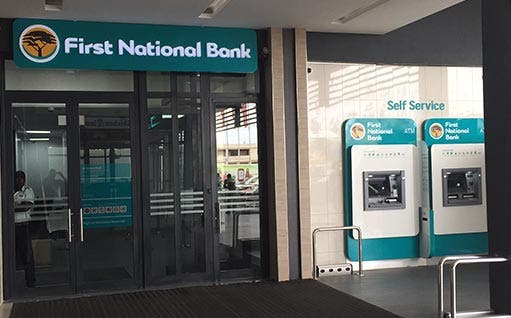FNB’s 2022 Revenue Report Shows Growing Faith in Digital Payment in South Africa

When using a digital payment system, it is possible to send money over considerable distances more easily, swiftly, and affordably. In comparison to physically bringing cash and paying a bus fare of $5 to travel the same distance, it is significantly more affordable to send a transaction over a distance of two hundred kilometers (the average distance of a transaction) using mobile money, which has a fee of US$0.35.
As the Africa’s fintech industry has expanded, so has people’s ability to manage money in digital form as opposed to actual cash. The 2022 report from First National Bank (FNB) makes this clear. Over $1.2 billion (R21 billion) was spent using digital wallets in 2022, the company claims, representing a 293% year-over-year rise in payments from both individual and commercial users. In addition, four million active virtual cards have processed over $750 million (R13 billion) in payments since their inception, a rise of more than 250% since November 2021.
Even if cash is still king in Africa, according to McKinsey, the domestic payments segment of the e-payments business is expected to expand by more than $40 billion between 2020 and 2025, with a volume of transactions of over 188 billion. With yearly revenues of $5 billion, the research had noted that South Africa will probably continue to be the continent’s largest e-payments industry.
According to Chris Labuschagne, the CEO of FNB Card, people and businesses are choosing more practical payment choices, which has boosted the appeal of payment solutions like our virtual card.
“Not only is a virtual card the preferred way of payment for online purchases, but it may also be used for contactless payments at the point of sale. We believe there are even more opportunities to ramp up usage among the millions of our individual customers and acceptance by our merchants.”
In October this year, FNB had unveiled more digital banking solutions for users. New features including a balance of cyber-security offerings and world-first contactless digital payment solutions under the umbrella of FNB Pay were added to the platform. To boost its clients’ financial literacy to this end, 5,000 advisers were rolled out at FNB’s customer service desks and branches.
FNB had said at the time of the announcement that the change “marked a drive towards a reimagined experience of the provision of integrated financial services and advice to its customers, with seamless management of money, from day-to-day financial transactions, to the adoption of tailored in-app savings and investment portfolios being the end goal.” One of the many advantages derived from an enhanced digital payment infrastructure is the increase in FNB’s revenue.
According to Jason Viljoen, head of card digitisation at FNB, consumers’ ability to link their virtual cards to FNB-enabled digital wallets is the reason for the rise in usage.
“In addition to our own FNB tap & scan to pay, our customers can use several digital wallets supported by FNB Pay, these include Apple Pay, Google Wallet, Samsung Pay, Fitbit Pay, Garmin Pay and Swatch Pay. As part of our efforts to facilitate our customers’ adoption, we’ve been increasing the number of third-party digital wallets enabled by FNB Pay.”
“As leaders in digital innovation, we recognise that customers want the liberty to choose and switch between payment methods. Over the years, we have remained at the forefront of digital innovation while empowering customers with choice. We are delighted with the rate at which our customers continue to embrace our digital payment solutions,” concludes Labuschagne.
